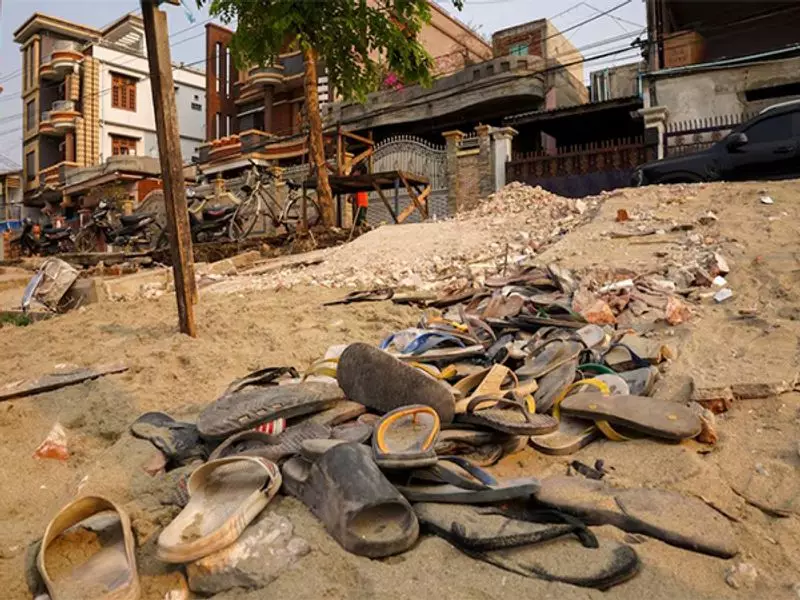
A noticeable earthquake measuring 3.5 on the Richter scale struck Myanmar on Sunday morning, according to official reports from India's seismic monitoring agency. The tremor occurred at a significant depth beneath the Earth's surface, registering seismic activity in the region.
Earthquake Details and Epicenter Location
The seismic event was recorded at 9:37 am Indian Standard Time, with the epicenter precisely located at latitude 22.33 degrees north and longitude 94.03 degrees east. The earthquake originated at a depth of 90 kilometers below the ground surface, which played a crucial role in determining how widely the tremors were felt across the region.
The National Center for Seismology, which operates under India's Ministry of Earth Sciences, promptly detected and reported the earthquake. This organization maintains a sophisticated network of seismic monitoring stations across the country and neighboring regions, enabling rapid detection and analysis of earthquake activity throughout South Asia.
Seismic Impact and Regional Context
While initial reports indicated no immediate damage or casualties from the earthquake, the 3.5 magnitude tremor was significant enough to be felt in surrounding areas. Earthquakes of this magnitude occurring at shallower depths typically cause more noticeable shaking, but the 90-kilometer depth likely mitigated more widespread effects.
Myanmar resides in a seismically active zone, situated along the complex tectonic boundary where the Indian Plate meets the Eurasian Plate. This geological setting makes the region particularly vulnerable to earthquakes of varying intensities. The continuous movement of these tectonic plates generates stress that periodically releases as seismic events.
Monitoring and Preparedness
The National Center for Seismology continues to monitor aftershocks and seismic activity in the region, though no significant aftershocks have been reported following the initial quake. Earthquake preparedness remains crucial for communities living in seismically active regions like Myanmar and border areas of northeastern India.
Seismologists emphasize that even moderate earthquakes serve as important reminders for residents and authorities to maintain earthquake readiness protocols. This includes having emergency plans, securing heavy furniture, and knowing safe spots during seismic events.
As seismic monitoring technology continues to advance, agencies like the National Center for Seismology provide increasingly accurate and timely information about earthquake activity, helping communities better understand and prepare for these natural phenomena.





